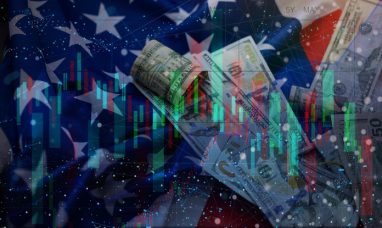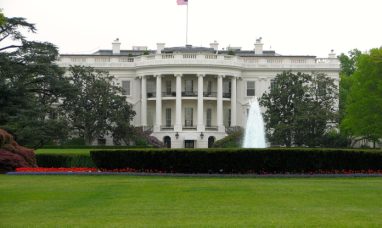The average 30-year fixed mortgage rate fell to 6.94% from 7.02% a week earlier, according to Freddie Mac. This marks the first time since early April that rates have dipped below 7%, continuing a three-week decline after hovering around 7% for over a month.
A separate metric tracking daily rate fluctuations showed rates ranging between 7% and 7.20% over the past week, settling at 7.17% on Thursday, according to Mortgage News Daily. The typically busy spring homebuying season has been slow this year due to high mortgage rates, elevated home prices, and limited inventory. Sales of previously owned homes declined in April as supply remained tight.
“It’s tough to see significant volume when rates are high and inventory is low by historical standards,” Corey Burr, founder of The Burr Group, a real estate agency in Washington D.C., told Yahoo Finance.
Despite a pent-up demand for homes, buyers remain hesitant to enter the market even after this week’s rate dip. The Mortgage Bankers Association (MBA) reported a 1% decline in the volume of purchase mortgage applications this week compared to last.
Mortgage applications are 11% lower than the same week last year. However, refinance activity rose 7% weekly and 21% from a year ago.
“Purchase activity continues to lag despite this recent decline in rates … as potential buyers still face limited for-sale inventory and high list prices,” said Joel Kan, MBA’s deputy chief economist.
At the current average rate, a homebuyer would pay nearly $1,600 monthly on a $300,000 home with a 20% down payment, according to the Yahoo Finance mortgage calculator.
Existing home sales decreased by 1.9% month-over-month in April, according to the National Association of Realtors (NAR), despite it being the usual peak season for sales.
The primary issue is low inventory. Total housing inventory at the end of April was 1.21 million units, the NAR reported. Although this represents a 9% monthly and 16% annual increase, the supply is only at 3.5 months, far below the six-month supply considered a balanced market. In comparison, pre-COVID months had around 1.9 million homes for sale.
“We are in a new territory regarding how the lock-in effect will impact home sales,” said Lawrence Yun, chief economist at the NAR. “We’ve never seen such a phenomenon,” Yun added, referring to the 3% rate rise over the past two years.
The pressure on inventory has driven home prices to new highs. The median existing home price rose nearly 6% to $407,600 in April from $385,800 a year ago.
Home prices increased across all four U.S. regions, with the West experiencing the largest jump at over 9% year-over-year, followed by the Northeast at over 8%, the Midwest at 6%, and the South at 4%.
Featured Image: Freepik









